Anniversaries are strange things, and some get celebrated while others are ignored. I don’t think there was a great deal of mention that a couple of days ago was the 100th anniversary of the foundation of the USSR, whose existence dominated much of world history for the following sixty-eight years – and without which, for all its faults, Hitler would have won the Second World War and I would have grown up in a fascist state. Thought at the moment the UK seems well on the way to becoming one under the whole raft of bills our government is in process of enacting.
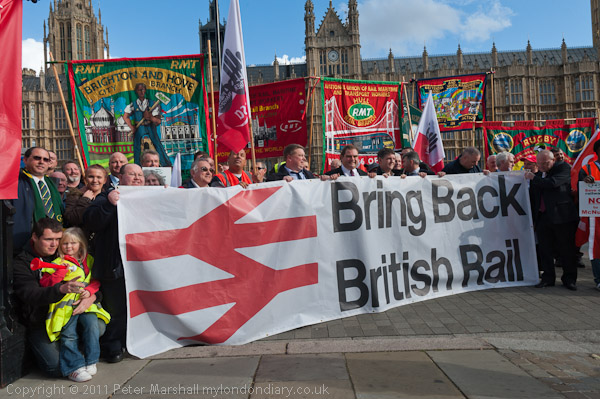
But today, in the middle of strikes by various unions against the government refusal to allow employers to engage meaningfully in negotiation with workers in the public sector and heavily tax-payer supported sectors, particularly the privatised railways, its perhaps appropriate to recall that this is the 100th anniversary of a truly significant date for our railway system, the 1923 regrouping of our railways into the ‘Big Four’ of the LNER, GWR, SR, and LMSR.
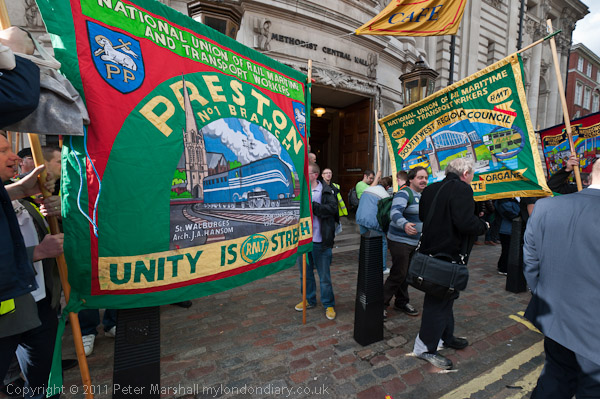
The Railways Act 1921 which led to the regrouping was enacted to stem the losses that the railways – around 120 separate companies – were suffering from and to provide the kind of integrated service that had benefited the country when the railways had been run by government during and after the 1914-8 war until 1921.
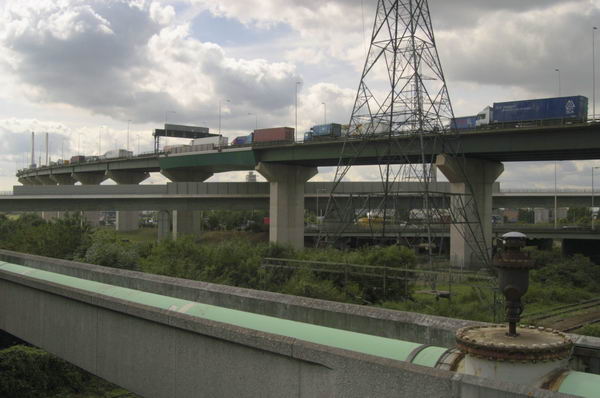
The government then resisted calls for full nationalisation but integrated the rail services on a regional basis. They had also wanted to bring in more worker participation in the running of the railways, but this was opposed by the rail companies and was dropped.
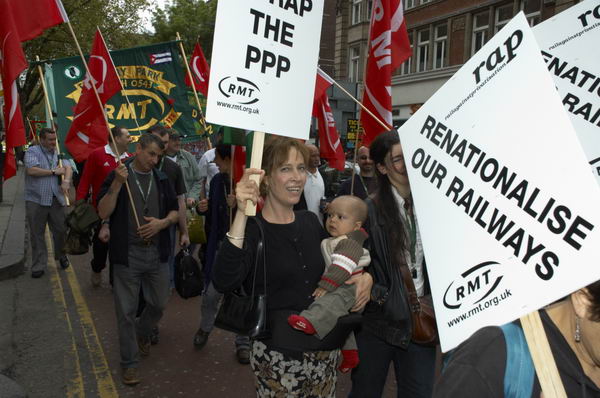
Not all the railways in the UK were included but it did lead to integrated services on the great majority of lines, with the advantages in running the system that this provided. A significant omission were some of the commuter lines around London which were in 1933 amalgamated together with buses and trams into the London Passenger Transport Board.
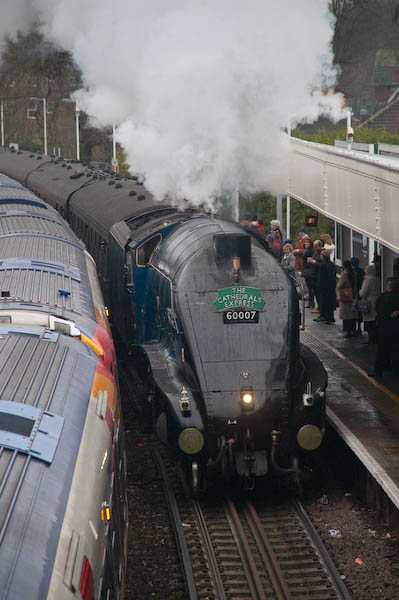
The rail system was further integrated by the 1947 act which nationalised the ‘Big Four’. Depression in the 1930s had essentially bankrupted them, but the extra traffic in the war and shortly after had just kept them alive. British Railways essentially retained the regional territories of the four companies though setting up a separate Scottish region and dividing the old LNER territory into two for some years.
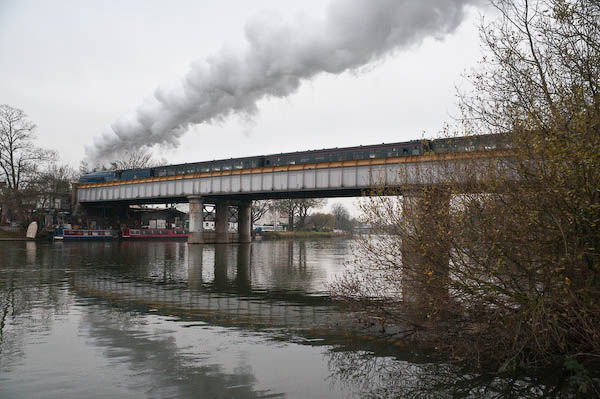
British Railways (it became British Rail in 1965) had ambitious plans for modernisation in 1955, which included electrification of some major lines and the replacement of steam by diesel locomotives. The plan was severely cut by government and parts were rushed and poorly implemented, with the forecast cuts in costs being largely a pipe-dream.
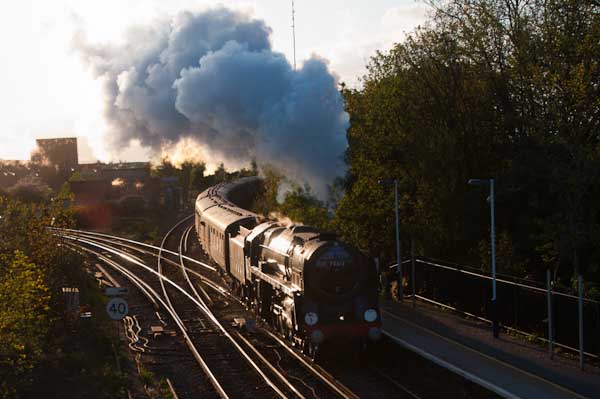
The railways were stopped by government from making much of the investment needed, and instead reports in 1963 and 1965 led to a severe pruning of the network. Dr Beeching is widely seen as having been influenced by the car industry who wanted to promote the use of their vehicles rather than rail travel. In recent years some of those closed lines have been reopened but unfortunately many key locations have been allowed to be built over.
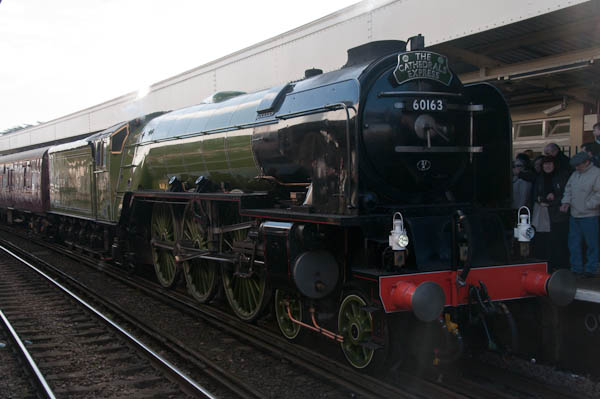
A 1968 act created a number of passenger transport executives in large urban areas, which took over the management of local lines and prevented some even more extreme closures. And in 1982 British Rail was re-organised into sectors – ‘Inter-City’, and what later became called Network South-East and Regional Railways and several freight groups. In the main sectors there were separate sub-sectors and it isn’t clear to me whether there was any real advance in services from this splitting of responsibilities, though it did mean a rash of different coloured trains.
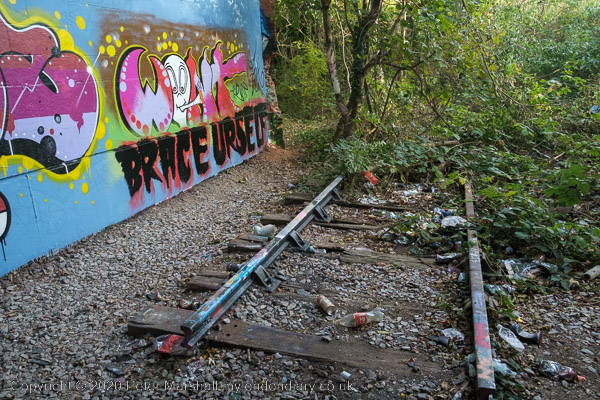
But sectorisation was perhaps just a preparation for privatisation, which took place in 1994-7. Although the number of passengers using the railways has increased since then, so too have the subsidies, largely being passed on as dividends to the foreign state-owned companies who are now paid to run our rail services. As British taxpayers we are now subsidising French, Italian, German and Dutch railways.
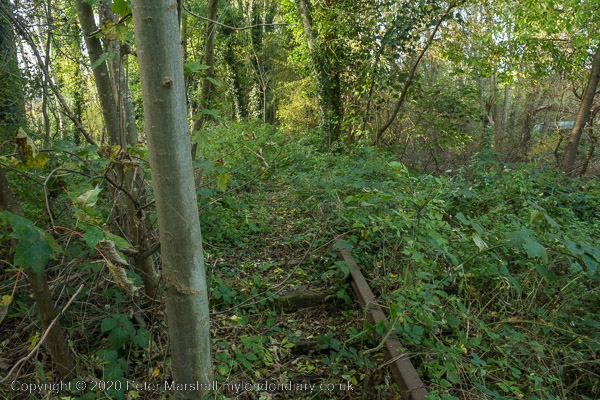
Now there is increasing public demand for our rail services to be re-nationalised – with opinion polls showing a a huge majority of the public backing public ownership, even in the ‘red-wall’ parliamentary seats the Tories won in the last General Election. According to fact checkers Full Fact, “64% of the 1,500 adults polled in June 2018 said they would support renationalising the railways. 19% said they would oppose it, and 17% said they didn’t know.” The latest YouGov poll in November 2022 showed slightly greater support with now only 11% opposed and 23% of ‘Don’t Knows’.
I’ve never been a railway photographer and had to search hard to find any pictures to go with this post. The lower two are from the West Drayton to Staines line closed in the 1960s.